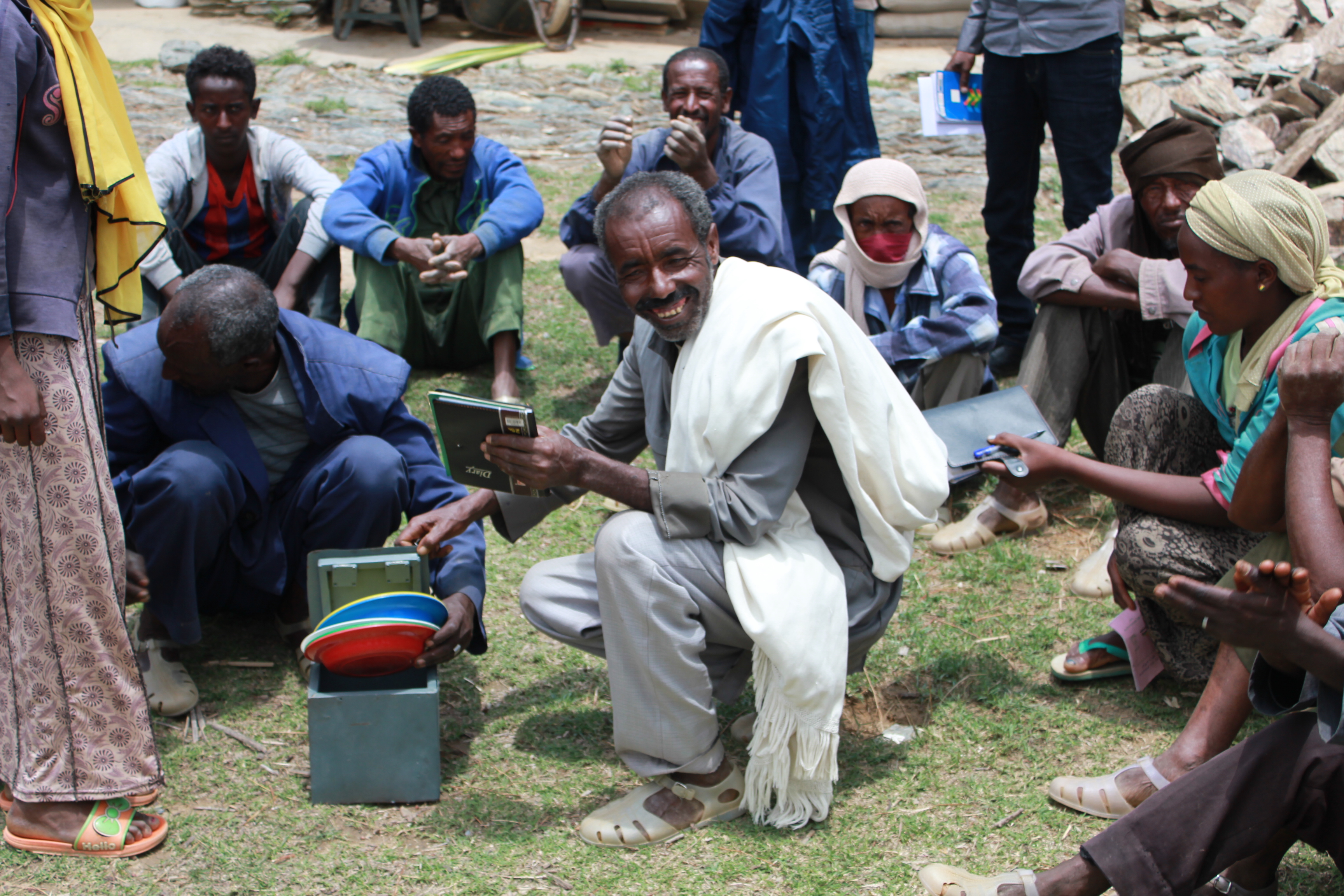Geoversity is conceived as an ecosystem of individuals and organizations collaborating in the creation of biocultural leadership.
The ecosystem is nurtured by real places and conservation communities starting with the Mamoni Valley Reserve.
With the solution we highlight the importance of alliances and collaborations to achieve long-term success in forest conservation and preservation. Dialogue, community participation and the participation of the different actors play a very important role in the realization of the objectives and results.
We carry out and participate in local and international activities with the objective of finding potential candidates to become part of the ecosystem. Once they are part of the ecosystem, responsibilities and commitments are established, which generally turn into program funding, recommendations or probono professional services.
